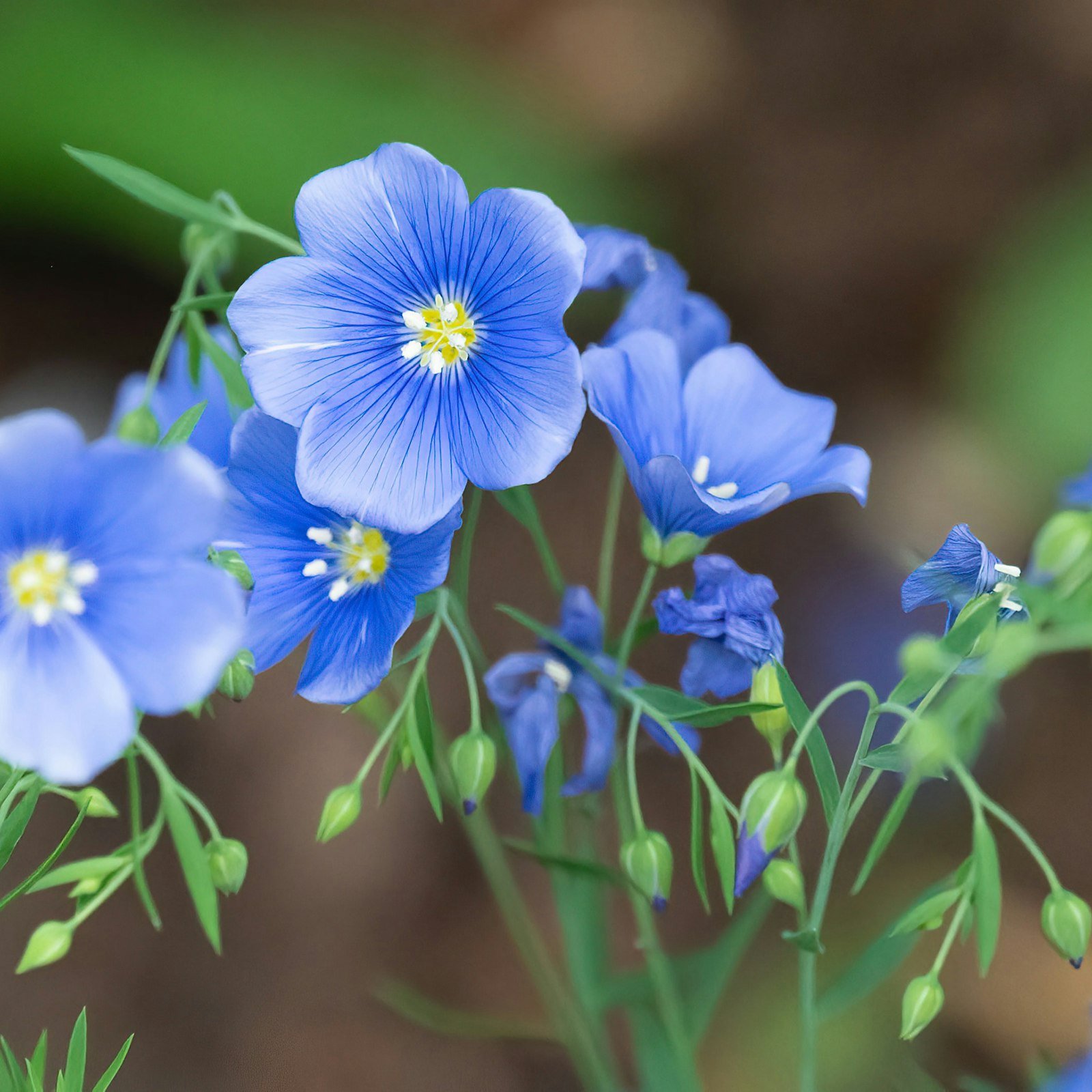As I was reading project introductions for Handwoven January/February 2024, an issue dedicated to bast fibers, I started wondering whether it was true that linen is stronger wet than dry, and if so, why? And if linen is stronger, does that mean that other bast fibers are also stronger when wet?
First I decided to learn what bast fibers are and how they differ from other plant-based fibers. The most commonly known bast fibers are flax (linen), hemp, jute, and ramie, but there are also some made from plants such as palm, nettle, banana, and pineapple, among others. Some bast fibers such as linen, hemp, jute, and ramie come from the stems and bark of plants and are called soft bast fibers. Other harder bast fibers such as raffia and sisel come from leaves. Cotton and kapok are not bast fibers; they come from seed hairs.
All plants contain cellulose, so bast fibers contain cellulose. They also contain lignin and hemicellulose (woody components), pectin, waxes, and fats in their chemical composition. Roughly 75 percent of a bast fiber is cellulose, but almost 90 percent of cotton is cellulose.
 Seed hair may be an accurate description, but I prefer to call this cotton! Photo by ranurte on Unsplash.
Seed hair may be an accurate description, but I prefer to call this cotton! Photo by ranurte on Unsplash.
So why are bast fibers stronger when wet? Here’s what I’ve figured out from my reading and in my own words: Lignin and hemicellulose don’t absorb water, and we all know fats and waxes repel water, but both cellulose and pectin absorb water. When a bast or cellulose fiber absorbs water, the water bonds with the cellulose and pectin causing the fibers to stretch and become stronger. Interestingly, although we don’t talk about it as often, cotton, because of its high percentage of cellulose, is also stronger when wet. In contrast, rayon becomes weaker when wet for reasons beyond my understanding, and polyesters aren’t affected one way or the other because they don’t absorb water.
 Tracy Kaestner used cotton and hard bast fiber (raffia) in her Rosepath and Raffia Runner featured in the January/February 2024 issue.
Tracy Kaestner used cotton and hard bast fiber (raffia) in her Rosepath and Raffia Runner featured in the January/February 2024 issue.
I looked at lots of websites and read a lot about bast fibers, cellulose, and water absorption. A few links to them are listed below.
I think I have this right! I’m a little out of my comfort zone, but I guess the gist is this: Yes, linen and other bast fibers are stronger when wet, and that is because the fibers have expanded from water absorption. Phew!
Weave well,
Susan
Resources
ScienceDirect. “Cellulose Fiber.”
Textile Engineering. “Bast Fibres: Types, Properties and Uses.”

